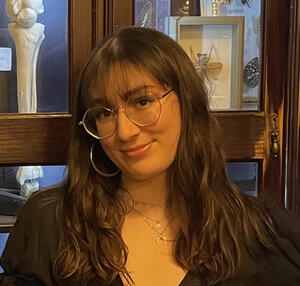Florida Man Charged with Selling Fake Native American Jewelry
The man is accused of faking his Native American ancestry to sell jewelry at art shows across Wisconsin.

Jose Farinango Muenala, 45, of Casselberry, Florida, has been charged with wire fraud, mail fraud, and misrepresenting "Indian-produced goods," according to a press release from the office of Timothy M. O’Shea, a federal prosecutor in the Western District of Wisconsin.
The indictment alleges that between Dec. 3, 2015, and Jan. 17, 2024, Farinango Muenala applied to art shows across the United States to sell jewelry.
In those applications, he falsely claimed to be Native American and then repeated that claim to art show attendees, telling them he made the jewelry he was selling, the indictment alleges.
The charges of mail and wire fraud are connected to emails, letters, and checks sent to the Mercer Chamber of Commerce in Wisconsin to aid in his alleged scheme.
The indictment was returned by a federal grand jury in Madison, Wisconsin, on June 26.
“Prosecuting these types of fraud cases is part of our important work to support Tribal Nations,” said O’Shea. “The indictment announced today is not only about enforcing the law, but also about protecting and preserving the cultural heritage of Native Americans.”
Edward Grace, assistant director of the U.S. Fish and Wildlife Service Office of Law Enforcement, said, “Jose Farinango’s false tribal affiliation cheated customers and impacted the economic and cultural livelihood of Native American artists.”
Grace’s team of special agents work on behalf of the Department of the Interior and the Indian Arts and Crafts Board (IACB).
The IACB is responsible for administering and enforcing the Indian Arts and Crafts Act, which is a truth-in-marketing law.
The act is meant to protect the economic livelihoods and cultural heritage of Native American artists, craftspeople, and their tribes, explained IACB Director Meridith Stanton, as well as to protect consumers who buy these goods.
“Authentic Indian art and craftwork is an important tool for passing down cultural traditions, traditional knowledge, and artistic skills from one generation to the next.
“Those who market fake Indian art and craftwork, such as under Jose Farinango’s guise of from ‘the Pueblo Nation of New Mexico,’ tear at the very fabric of Indian culture and livelihoods and prey upon unwitting consumers, and therefore must be held accountable,” she said.
The charges against Farinango Muenala followed an investigation by the U.S. Fish and Wildlife Service and the IACB.
A federal grand jury in Madison, Wisconsin, returned the indictment on June 26.
If convicted, Farinango Muenala faces up to 20 years in prison on the wire and mail fraud charges.
There is a maximum penalty of five years in prison on the misrepresentation of "Indian-produced" goods charge.
The Latest

Said to be the first to write a jewelry sales manual for the industry, Zell is remembered for his zest for life.

The company outfitted the Polaris Dawn spaceflight crew with watches that will later be auctioned off to benefit St. Jude’s.

A buyer paid more than $100,000 for the gemstone known as “Little Willie,” setting a new auction record for a Scottish freshwater pearl.

Supplier Spotlight Sponsored by GIA.
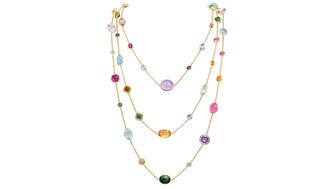
Anita Gumuchian created the 18-karat yellow gold necklace using 189 carats of colored gemstones she spent the last 40 years collecting.


The giant gem came from Karowe, the same mine that yielded the 1,109-carat Lesedi La Rona and the 1,758-carat Sewelô diamond.
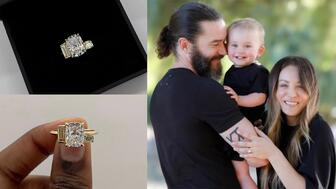
The three-stone ring was designed by Shahla Karimi Jewelry and represents Cuoco, her fiancé Tom Pelphrey, and their child.

Supplier Spotlight Sponsored by GIA
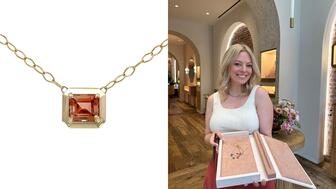
The Manhattan jewelry store has partnered with Xarissa B. of Jewel Boxing on a necklace capsule collection.

Acting as temporary virtual Post-it notes, Notes are designed to help strengthen mutual connections, not reach new audiences.

The jewelry historian discusses the history and cultural significance of jewelry throughout time and across the globe.

From fringe and tassels to pieces that give the illusion they are in motion, jewelry with movement is trending.

The designer and maker found community around her Philadelphia studio and creative inspiration on the sidewalks below it.

The change to accepted payment methods for Google Ads might seem like an irritation but actually is an opportunity, Emmanuel Raheb writes.

The industry consultant’s new book focuses on what she learned as an athlete recovering from a broken back.
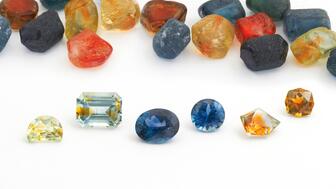
The fair will take place on the West Coast for the first time, hosted by Altana Fine Jewelry in Oakland, California.

Hillelson is a second-generation diamantaire and CEO of Owl Financial Group.
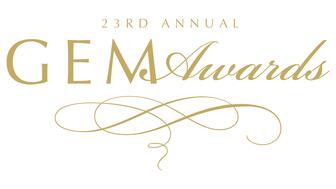
Submissions in the categories of Jewelry Design, Media Excellence, and Retail Excellence will be accepted through this Friday, Aug. 23.
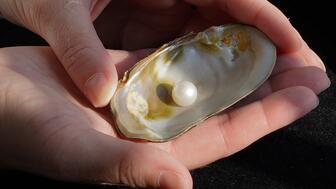
Known as “Little Willie,” it’s the largest freshwater pearl found in recent history in Scotland and is notable for its shape and color.

Clements Jewelers in Madisonville cited competition from larger retailers and online sellers as the driving factor.

The gemstone company is moving to the Ross Metal Exchange in New York City’s Diamond District.

The Pittsburgh jeweler has opened a store in the nearby Nemacolin resort.
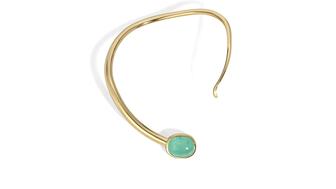
With a 40-carat cabochon emerald, this necklace is as powerful and elegant as a cat.

The Erlanger, Kentucky-based company was recognized for its reliability when it comes to repairs and fast turnaround times.

Unable to pay its debts, the ruby and sapphire miner is looking to restructure and become a “competitive and attractive” company.
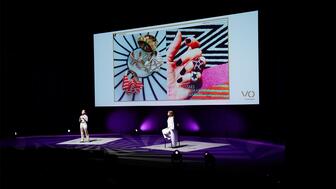
The trend forecaster’s latest guide has intel on upcoming trends in the jewelry market.

Ingraham said she’ll use the scholarship funds to attend the Women’s Leadership Program at the Yale School of Management.











